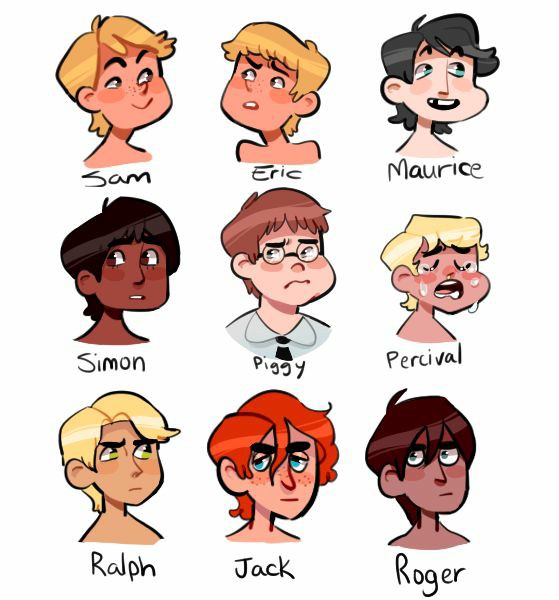Written in the year 1954 by William Golding, the novel entitled Lord of the Flies
is rated as one of the best 20 novels in recent times. It well explores the dark side of human behavior. “The savage animal like instincts that underlies even the most civilized human beings. This forms the most dominating central idea of the novel. William Golding intended to write this novel as a tragic parody of children’s tales of adventure, illustrating humankind’s intrinsic evil nature. He presents the readers with a chronology of events leading a group of young boys who are by accident placed in a deserted Island all by themselves, without the presence of any elderly person. From this moment onwards starts their struggle from hope to disaster as they attempt to survive their uncivilized, unsupervised, isolated environment until rescued. In their attempt to do so a lot happens which is tragic and uncalled for.
The title of the novel Lord of the Flies refers to pig’s head which was fastened onto the top of a sharp spear by Jack and his hunters and is covered with flies when Simon discovers it decaying in the forest. Thus, symbolically, it represents the evil that takes place on the uninhabited tropical island. It also refers to
Beelzebub, which is another name for the devil. He is also called the Lord of Filth and Dung. It means a symbol of the evil and savagery. It may also means an evil one ruling over insignificant group of insignificant irrational people just like common flies.
The major themes include the strife between group and individuality, between rational and emotional reactions, and between morality and immorality. At a larger perspective it treats the eternally present conflict between good and evil in humankinds. In the novel it’s represented through the characters of Jack and Ralf with their respective followers.
In fact, the real “Lord of the Flies” experience happened when an actual incident that took place in 1965 when a group of schoolboys who were sailing a fishing boat from Tonga were hit by a storm and marooned on the uninhabited island of ʻAta. They were considered dead by their relatives in Nuku‘alofa. The group not only managed to survive for over 15 months but “had set up a small commune with food garden, hollowed-out tree trunks to store rainwater, a gymnasium with curious weights, a badminton court, chicken pens and a permanent fire, all from handiwork, an old knife blade and much determination”. As a result, when ship captain Peter Warner found them, they were in good health and spirits. Dutch historian Rutger Bregman, writing about this situation said that Golding’s portrayal was unrealistic, which took place many years ago.
But since it’s a piece of fiction Lord of the Flies depicts the story in an allegorical way, in which many of its characters signify important ideas or themes. Ralph represents order, leadership, and civilization. Piggy represents the scientific and intellectual aspects of civilization. Jack represents unbridled savagery and the desire for power. Simon represents natural human goodness. Roger represents brutality and bloodlust at their most extreme. To the extent that the boys’ society resembles a political state, the littluns might be seen as the common people, while the older boys represent the ruling classes and political leaders. The relationships that develop between the older boys and the younger ones emphasize the older boys’ connection to either the civilized or the savage instinct: civilized boys like Ralph and Simon use their power to protect the younger boys and advance the good of the group; savage boys like Jack and Roger use their power to gratify their own desires, treating the littler boys as objects for their own amusement.
The tone of Lord of the Flies is fairly aloof, creating a sense of fear and disgust, or it can be said that this gloomy story suggests improvements that must be implemented and imbibed by the inhabitants of civil society to make this world a land of compassion care and understanding.
Lessons to learn…
















